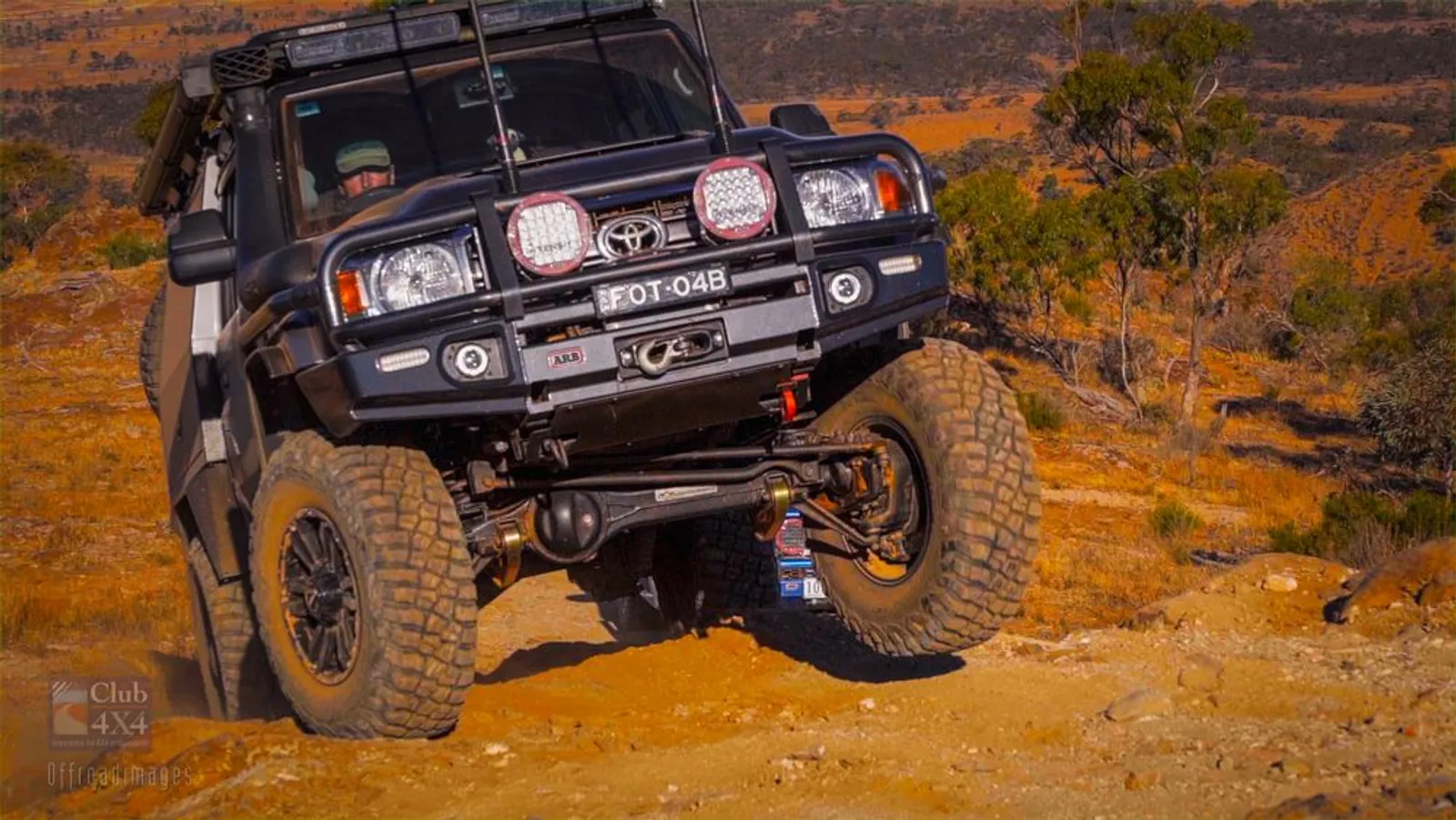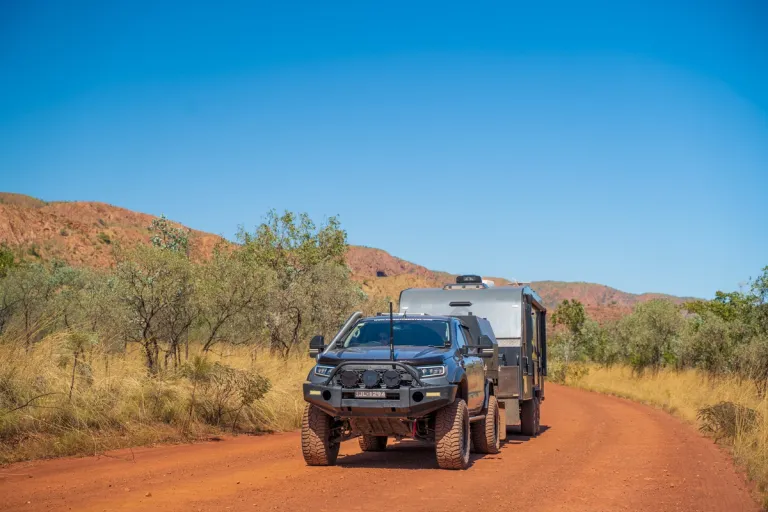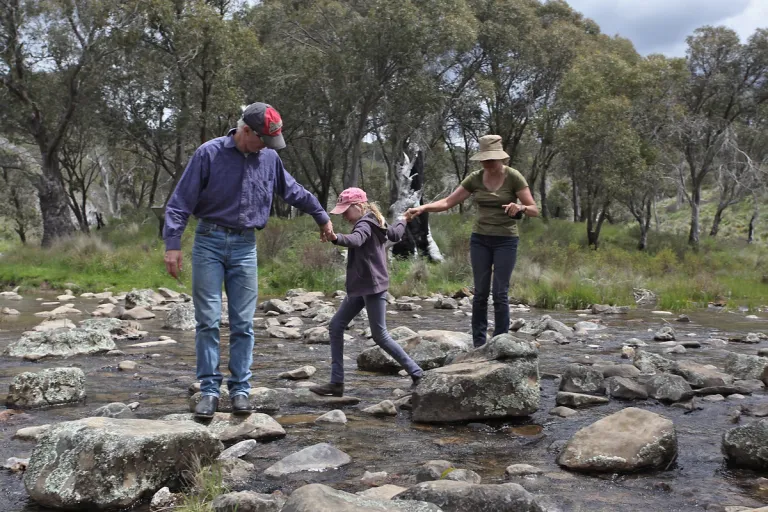One of my recent articles for Club 4X4 received quite a few positive messages sent through to our Instagram page. The topic provided information about 4WD Systems, and the response highlighted to me how this style of article really helps 4WDers understand their vehicles. One message created the concept for this article: understanding Low Range and when you should use it. This one is for you, Geoff, who has sent me a number of questions.

79 series landcruiser bendleby ranges
Firstly, what is low range?
Simply put, low range gears provide the drivetrain with an easier effort of moving a vehicle through challenging environments. The engine exerts the same force, but the vehicle moves forward at a reduced speed. This controlled pace allows the vehicle to navigate obstacles more easily, steadily, and with reduced chances of wheel spin.
Most people understand the concept of a pulley system used to lift heavy objects. Let’s compare the effort required for your vehicle to climb a hill to that of lifting an item to a ceiling using a rope and pulley system. If the item is too heavy to lift, a pulley can halve the effort required to lift it successfully. Although more rope is pulled through the pulley system and the item ascends slowly, the task can be accomplished with less effort.
Similarly, the difference between high range and low range in your 4WD is akin to a pulley system, with the gearing reducing the engine and transmission effort by more than 2 times.
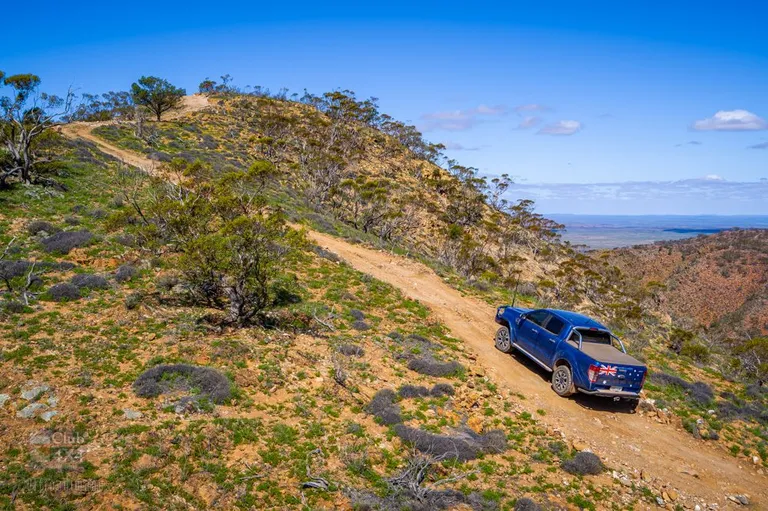
4wd offroad hill climb
Why do we use low range?
Modern 4WDs possess enough power to tackle steep terrain in high range gearing without much difficulty, or so it may seem to the driver. These vehicles feature sophisticated traction control systems and ample power, creating the illusion that everything is effortlessly managed.
But what truly occurs when driving in high range on steep terrain?
While some may find using high range gears on steep off-road hills acceptable, low range gears are incorporated into 4WDs for a specific reason: to ease the negotiation of steep terrain for both the driver and the vehicle.
The reduction of stresses on the drivetrain when utilising low range is significant.
Continuously working hard and applying more energy through the transmission can quickly lead to overheating, particularly with automatic transmissions. We've observed instances where a vehicle appears to climb a hill successfully in high range, only for the warning light to illuminate, halting its progress.
It's important to remember that the low range system in your vehicle can travel at over 40 km/h. For most drivers, this speed far exceeds what's necessary on steep and rough 4WD tracks. In contrast, when running in high range, you might only use 1st through to 3rd gears, with the spacing between these gears often resulting in the vehicle struggling more frequently as the incline changes.
As a 4WDer, becoming familiar with your vehicle is key, and with time, you'll learn to recognise when low range should be used, often by simply listening to your vehicle.
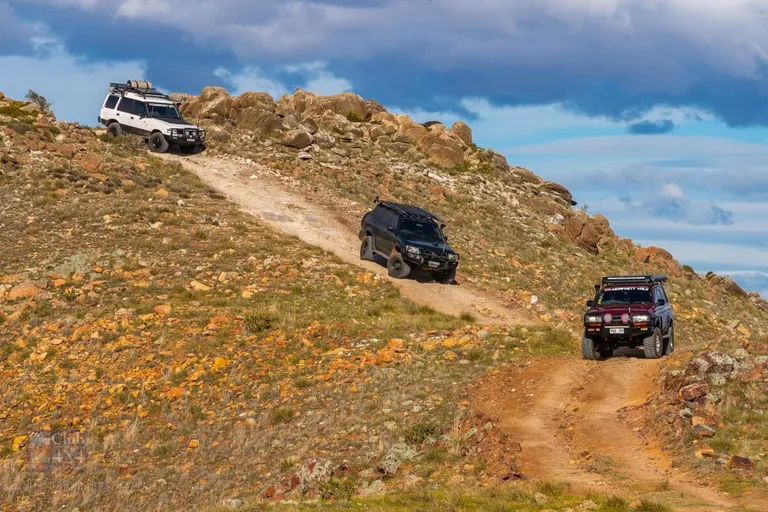
4wds descending hill offroad
Do I only use low range when climbing steep hills?
That’s an excellent question. While low range is indeed invaluable for climbing, it's equally useful for controlling the vehicle during descents. If you were to descend a steep off-road track in high range, you'd find yourself constantly relying on the brakes all the way down. Aside from prematurely wearing out your brakes, particularly in rugged terrains like the High Country, excessive braking can lead to significant heat buildup, affecting other drivetrain components such as bearings and seals. We've discussed this before. At the bottom of a hill in areas with steep terrain like the High Country, you'll typically encounter water crossings. However, because the surrounding components are extremely hot from braking, crossing these water sections can lead to issues as the cold water quenches the hot metal components of the differentials and axles, potentially causing seal failures. Water ingress into bearings and oils can quickly lead to problems for either the current trip or the next one.
Using low range while traveling downhill on steep 4WD tracks not only provides the driver with more control when negotiating obstacles, but it also reduces the need for extensive braking, as the engine assists in slowing the vehicle's forward movement. By selecting 1st gear in low range and simply idling along, you'll find that engine braking effectively slows your forward progress, requiring minimal braking from the driver. Of course, the effectiveness of this depends on factors such as engine displacement and vehicle gearing. In some cases, you might even need to accelerate slightly to aid the vehicle's forward movement.
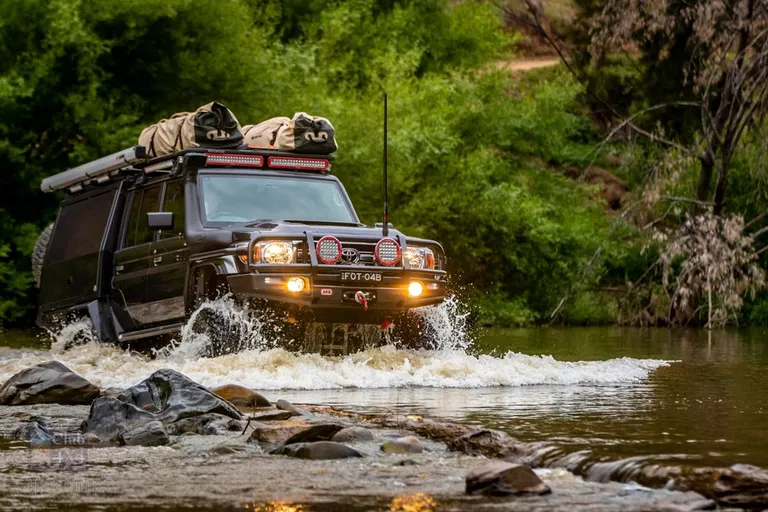
landcruiser water crossing
Best of all, you will be less stressed, and your vehicle will experience less wear and tear when you arrive at the bottom of the hill. Moreover, that river crossing we know will be waiting at the bottom of the hill is no longer a concern for your drivetrain, as the components will likely only be warm when driving through the river.
A quick tip on this: if you know your drivetrain is hot from driving a distance at speed and you encounter a water crossing, take the time to let your vehicle cool down before driving through it. Step out, take some photos, and allow everything to cool down a bit to avoid potential damage from rapidly cooling all these mechanical components in a cold-water crossing.
Do you use low range when on the beach?
While there are many beaches around Australia where you might be able to drive some sections successfully without airing down your tyres at all, usually, you will need to deflate them to prevent getting bogged. Airing down before getting stuck is typically easier than trying to remedy the situation after getting bogged and then letting your tyres down anyway. The goal of deflating your tyres is to make your beach trip more enjoyable and hassle-free.
The same situation applies to high and low range gearing. You might be able to drive along a section of hard sand on a beach in high range for many kilometers. However, it's usually at the beach exit where the softer sand becomes rutted or rough, increasing the risk of getting stuck.
Picture this: you're cruising down the beach successfully in high range, but when you turn uphill to exit the beach, the vehicle starts to struggle. The gearbox shifts from 3rd gear down to 2nd gear and then 1st gear before losing momentum, bogging down to the sidesteps and blocking the exit for other users. This moment can be extremely frustrating and potentially embarrassing for the driver.
This scenario can happen to even the most experienced 4WDers. We all get complacent sometimes!
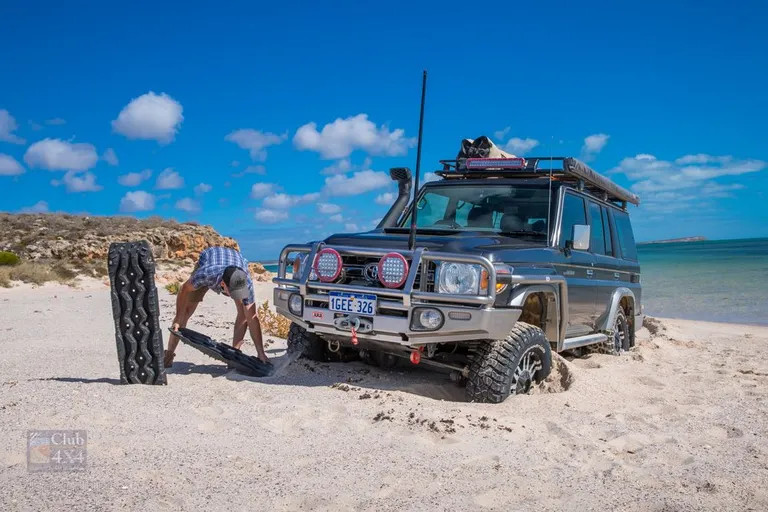
toyota bogged on beach
Hopefully, you might already be thinking of the answer to avoid this from happening... that’s right, by taking the time to stop for a few seconds and change down to low range before exiting the beach, this situation might have been avoided.
The vehicle might run through gears up to 4th in low range to reach the exiting speed, but as it slows, it will downshift gears to 3rd and then 2nd gears... but if it's still struggling, it still has another gear to grab.
Returning to the scenario of the vehicle struggling in 1st gear high range and then becoming bogged. 1st gear high range is like 2nd gear low range, so when the vehicle begins to struggle in 2nd gear low range, it can downshift to 1st gear, hopefully still moving forward and exiting off the beach.
Can I use low range at the boat ramp?
Another tip for using your low range is at a boat ramp. However, this requires careful consideration. Towing a boat in and out of a boat ramp can be challenging in slippery conditions, but low range 4WD could help prevent the situation of potentially ending up in the water. This is probably obvious as the added traction and engine braking can make things easier. But it's crucial to only use the system in a straight line and avoid driving around the car park with your 4WD system engaged, as this could damage the drivetrain. I have seen this happen many times with people forgetting they are in 4WD and driving on hard bitumen surfaces with great traction. So, if you are going to engage your vehicle's 4WD system in these locations, avoid using it in situations where you are turning to prevent differential wind-up. Reserve its use for the straight line exit out of the boat ramp, and disengage 4WD before continuing in the car park.
It's all about making things easier for you and the vehicle. Selecting the right gear is crucial to ensure you and your family enjoy the experience of 4WDing in any environment.

recovering 4wd off beach
“Cheers”
Michael Ellem | Offroad Images
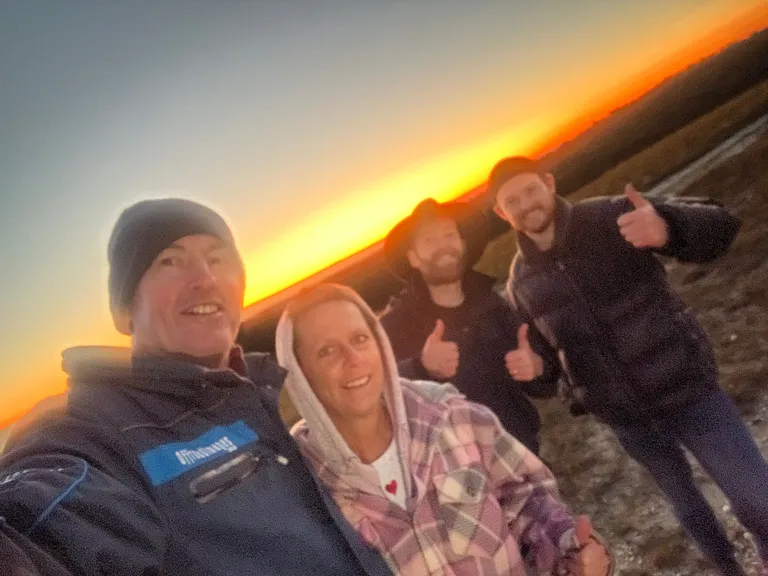
michael ellem offroad images
Want to use your 4WD for what it's really made for?
Our comprehensive insurance goes anywhere you're legally allowed to go, on-road and off.
The Campfire - Feedback
Just like sitting around the campfire, we would love to hear what you have to say.
Also… we will be featuring stories about photography tips and tricks, 4X4 preparation, build planning and maintenance, as well as featuring inspirational locations for you to visit in your 4X4. So please get involved and let us know what you’d like to hear about.
If you have any requests for stories to be featured in campfire or would like to provide feedback about this article, please send us a message on our social links…
Instagram: @offroadimages
Facebook: @offroadimages
YouTube: https://www.youtube.com/OffroadImages
Website: http://www.offroadimages.com.au
As 4X4 enthusiasts who live for the opportunity to create awesome imagery anywhere in Australia, we know that our vehicle assets are covered wherever we travel to create that shot, as we are insured by Club 4X4.


